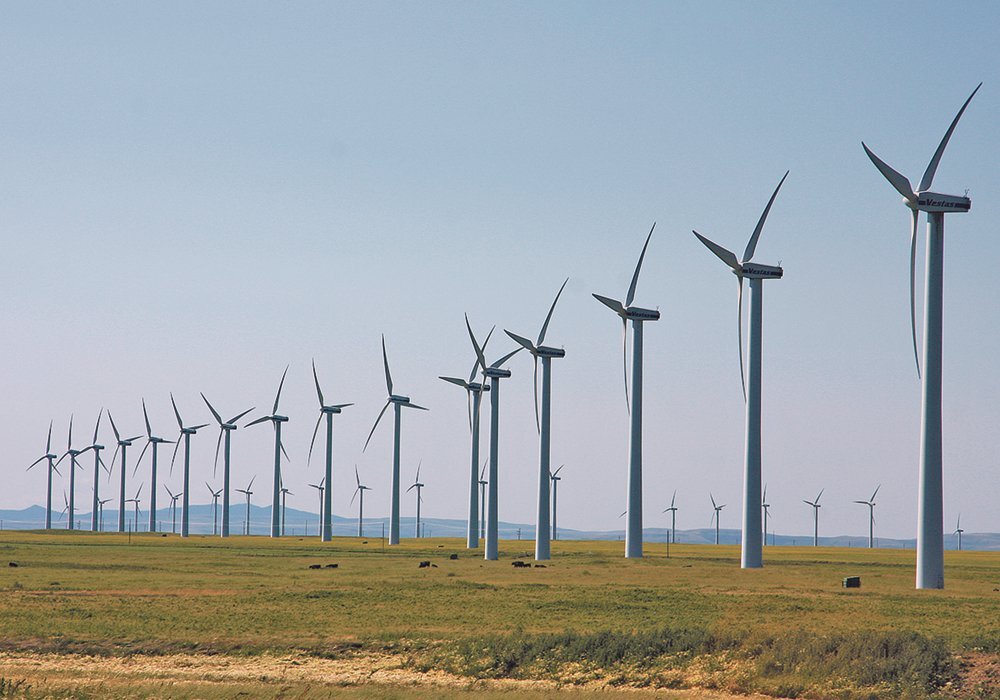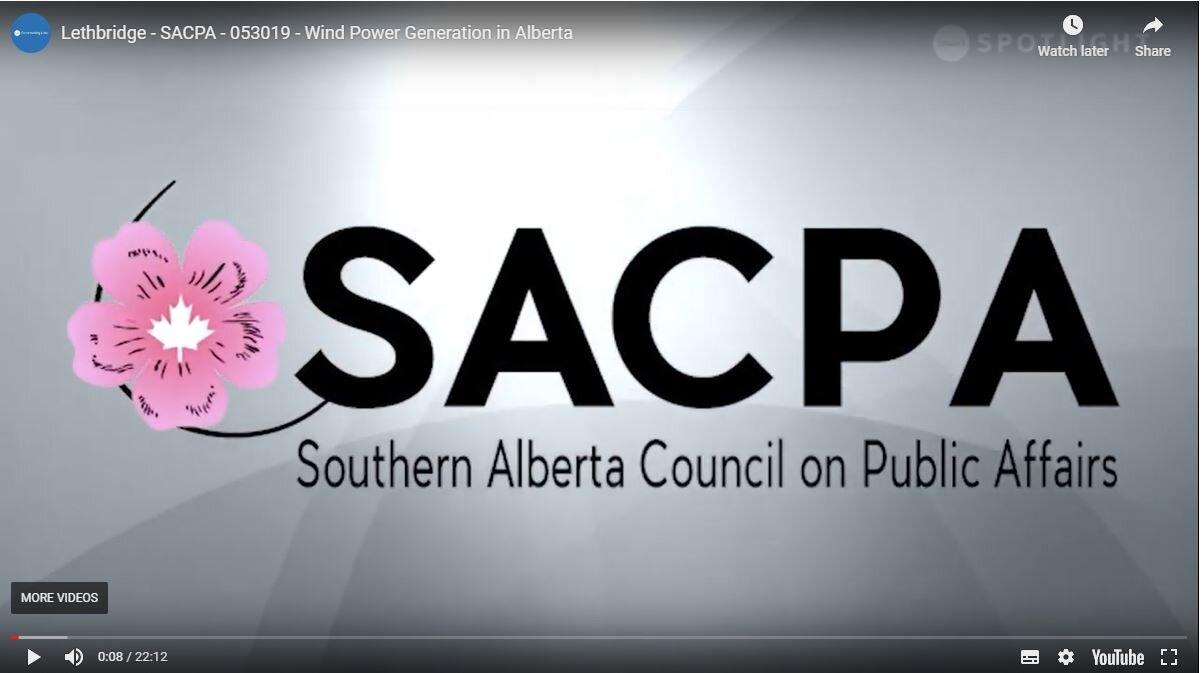
Wind Development
Wind Industrialization SW Alberta
Alberta currently has 1,685 MW of installed wind capacity, the majority of which is based in the MD of Pincher Creek. Another 1200 MW of wind generation projects, to be located in southern and east central Alberta, have been awarded contracts under the former Renewable Electricity Program and are in various stages of regulatory review. On a go forward basis, any new renewable projects must be market-based.
While renewable energy is an important component of any future energy mix, the nature and location of renewables needs careful consideration. It is particularly important that new wind energy does not result in sacrificing the tremendous environmental value of our threatened native grasslands which are an important carbon sink and therefore a very valuable tool in managing climate change.
Key Factors in Wind Discussion
Contribution of Wind Energy/Displacement of Fossil Fuels
Impact of Concentrated Development In Sensitive Areas
Land Surface Impact of Wind Farm Construction
Cumulative Impact of Wind Farms and Transmission
Additional Information
Limited Energy from Wind
The intermittent nature of wind energy means it must be fully backstopped by more reliable electricity generation in order to maintain system reliability.
On average, wind generates at 35% of its installed capacity. For every 100 MW of installed wind generation, wind generates an average of 35MW of energy each hour. During peak periods, wind generates at about 6% of its installed capacity on average meaning it is least available when energy is most needed.
photo by Bruce Mowat
“Due to their intermittency, back-up generation such as gas peaking plants will be needed when the renewable sources are not producing electricity. As there are many times when renewables may not be able to produce any energy, the volume of firm generation required is not reduced as more intermittent generation is added.” – AESO Wholesale Electricity Market Transition Recommendation
Sacrifice of SW Alberta Environment
Wind generation is often favoured as a “clean” electricity source since it does not produce greenhouse gases. But there may be other significant negative long-term impacts if these facilities are displacing environmentally sensitive areas.
Southwestern Alberta, which has attracted significant wind energy, is an incredibly important and biologically diverse environment that is being seriously threatened by the growth in wind energy and associated transmission infrastructure.
photo by David McIntyre
Surface Impact of Construction
Extensive vegetation and top soil stripping during construction and installation
Blasting to install permanent concrete foundations (~30 meters) per turbine
Permanent and temporary roads for the heavy equipment and cranes necessary to move and erect massive wind mills
Extensive trenching to install kms of collector lines at least 1 meter deep
Project specific transmission lines and substations
Large work laydown areas, crane pads
Post construction remediation of native grasslands difficult, if not impossible
photo by Bruce Mowat
Cumulative Impact - Wind Farms and Transmission
Project-by-project approach fails to adequately consider cumulative effect on environment and unique viewscapes
Environmental impact is compounded by the unique geographic area and biodiversity, difficulty reclaiming native grassland
Extreme wind conditions increases the risk of erosion on any disturbed land and raises the risk of wildfires.
Size of proposed wind developments is continuing to increase with towers now typically 140 meters to 180 meters in height (taller than a 50-storey building).
Wildfire caused when extreme winds blew debris into a powerline photo by Bruce Mowat
Additional Information
Presentations
SOUTHERN ALBERTA COUNCIL ON PUBLIC AFFAIRS PRESENTATION BY BOBBI LAMBRIGHT, MAY 30, 2019
ARE ENVIRONMENTALLY SENSITIVE AREAS OF SOUTHWESTERN ALBERTA BEING SACRIFICED FOR WIND POWER? Bobbi Lambright, a former electric utility executive in Alberta and Australia, shares information and insights on the impact of extensive wind development in environmentally sensitive areas.
Relevant Media Articles and Notifications
November 2019 - Controversial Windy Point Wind Farm Cancelled
June 2019 Wind Power Losing Love in Southern Alberta - Western Producer






